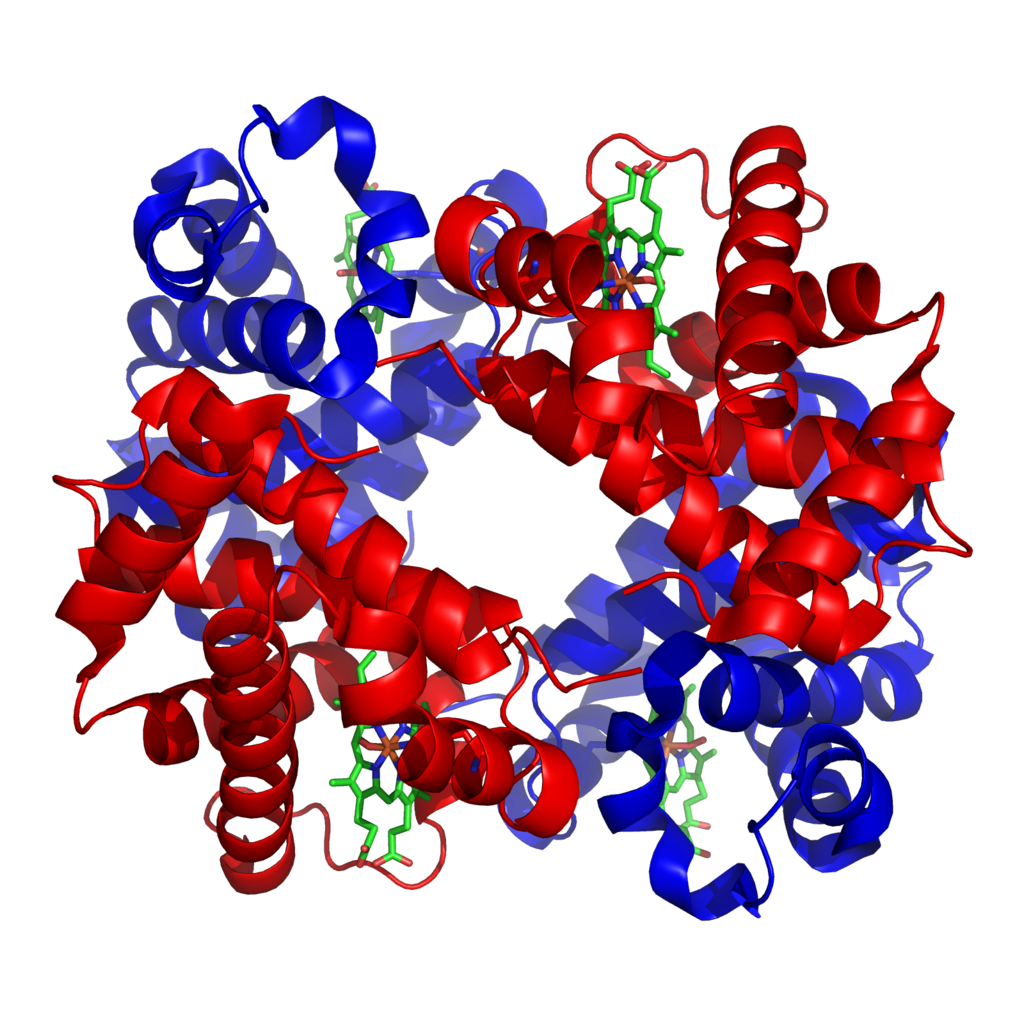Tim Lash and his students are on the hunt for what some call the impossible, with support from the National Science Foundation (NSF). A professor of chemistry at Illinois State, Lash recently received a three-year NSF grant for $320,000 to continue the exploration of the building blocks of nature, known as porphyrins.
“They really provide the colors of nature,” said Lash, noting the structure of porphyrin compounds gives the world some familiar hues. Hemoglobin gives blood its red color, and assists in carrying oxygen to the body. Another type of porphyrin, known as chlorin, gives plants their green tint, and assists with photosynthesis. “In fact, the term porphyrin comes from the Greek word for purple, because when porphyrins crystalize, they take on a purple color. It’s really quite pretty.”
Lash, who has been studying porphyrins for more than 30 years, leads a team of undergraduate and graduate students in breaking down porphyrins, and creating new compounds for chemists around the globe.
Though there are applications for porphyrins—from fighting parasites to cutting-edge cancer therapy—Lash glories in students discovering theoretical concepts in chemistry. “The goal is to have students synthesize new molecules to see what properties they have. We may even create things no one has ever seen before.”
Channeling the mysteries of alchemists of old, Lash and his team look to replace elements in molecules and see how they react. They might be challenged to place metals such as iron or magnesium in the porphyrins, or replace the standard nitrogen with carbon. They even hope to find a way to do what others say cannot be done.
“Porphyrins have four nitrogen atoms. We have been able to replace two of those nitrogens with carbons,” said Lash, his voice laced with a conspiratorial tone. “We would love to be able to replace all four. That would make it a quatryin—the holy grail for porphyrin chemists—breaking down the porphyrin and replacing it with different elements in a way that no one else has been able to do.”
Lash admits the difficulty in explaining his work to non-chemists. “Sometimes the journey is more important than the end result,” he said. “People do ask about the applications, but there are times it is just really interesting chemistry.”
The fact that porphyrins are essential to life on earth does help, noted Lash, but there are times terminology gets in the way. “There is an argument in porphyrin chemistry that an 18-atom pathway results in the observed aromaticity,” said Lash, before he stopped with a sigh. “Of course, ‘aromatic’ makes it sound like it smells nice. But some aromatic compounds have a foul odor, or none at all. However, as many of these compounds are found in nature, scientists centuries ago associated them with spices and other nice-smelling things.” Lash chuckled. “Ah well, chemists don’t mind. We know what we mean.”
Getting students to know what chemists mean is the goal of the grant, added Lash, as well as finding new paths. “We want them to push things further, to try something no one else has done, and then see what happens.”


